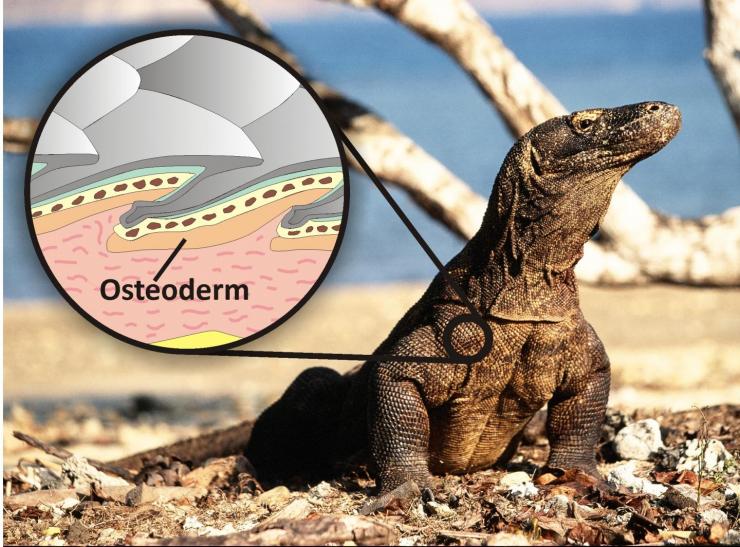-
Tips for becoming a good boxer - November 6, 2020
-
7 expert tips for making your hens night a memorable one - November 6, 2020
-
5 reasons to host your Christmas party on a cruise boat - November 6, 2020
-
What to do when you’re charged with a crime - November 6, 2020
-
Should you get one or multiple dogs? Here’s all you need to know - November 3, 2020
-
A Guide: How to Build Your Very Own Magic Mirror - February 14, 2019
-
Our Top Inspirational Baseball Stars - November 24, 2018
-
Five Tech Tools That Will Help You Turn Your Blog into a Business - November 24, 2018
-
How to Indulge on Vacation without Expanding Your Waist - November 9, 2018
-
5 Strategies for Businesses to Appeal to Today’s Increasingly Mobile-Crazed Customers - November 9, 2018
Australia’s earliest human inhabitants may deal with Giant Predator lizards
A research team from the University of Queensland (UQ) uncovered a 0.4-inch (1-centimeter) osteoderm – a bone found under the skin – just 6.5 feet (2 meters) below ground during a dig in a cave.
Advertisement
The researchers say that it might belong to the Komodo dragon which once roamed the Australian land, or it could even belong to the extinct Megalania monitor lizard. Today, the largest living lizard in Australia is the perentie which can grow up to two meters.
However, the giant lizards are not the only ones that roamed Australia a long time ago.
The scientists used radiocarbon and uranium thorium techniques to date the bone as about 50,000 years old, coinciding with the arrival of Australia’s first human inhabitants.
The fossil, which is at least 30,000 years younger than other giant lizard fossils found in Australia, was discovered in the Colosseum Chamber, part of a fossil-rich site known as the Capricorn Caves in the Mount Etna region in Queensland.
Researchers have unearthed evidence showing that giant-sized monster lizards lived right alongside the Ice Age inhabitants of Australia.
Some believe shifts in environmental conditions was what got to them and pushed them off the biodiversity map. “The one-centimeter bone, an osteoderm, came from under the lizard’s skin and is the youngest record of a giant lizard on the entire continent”. They are investigating the possibility that humans may have caused the extinction or climate change.
Price and his colleagues detail their findings in Quartenary Science Reviews. Dr. Price said that during the last ice age, Australia was likely home to giant killer lizards and inland crocodiles that reached lengths of up to nine meters.
While the extinction of large lizards and megafauna from this time period has long been debated, researchers noted the findings suggest humans are now only considered a potential contributor to the demise of these reptiles. The Capricorn Caves are famous for their massive underground cache of fossils, and researchers have been returning to them for decades to sift through the millions of bones left behind by predators over the years.
Capricorn Caves manager Ann Augusteyn said the find highlighted her team’s “huge responsibility” to care for the caves.
Advertisement
“This study also begs the question-what else is entombed in our caves and what else can we learn?” she said in the UQ statement.




























